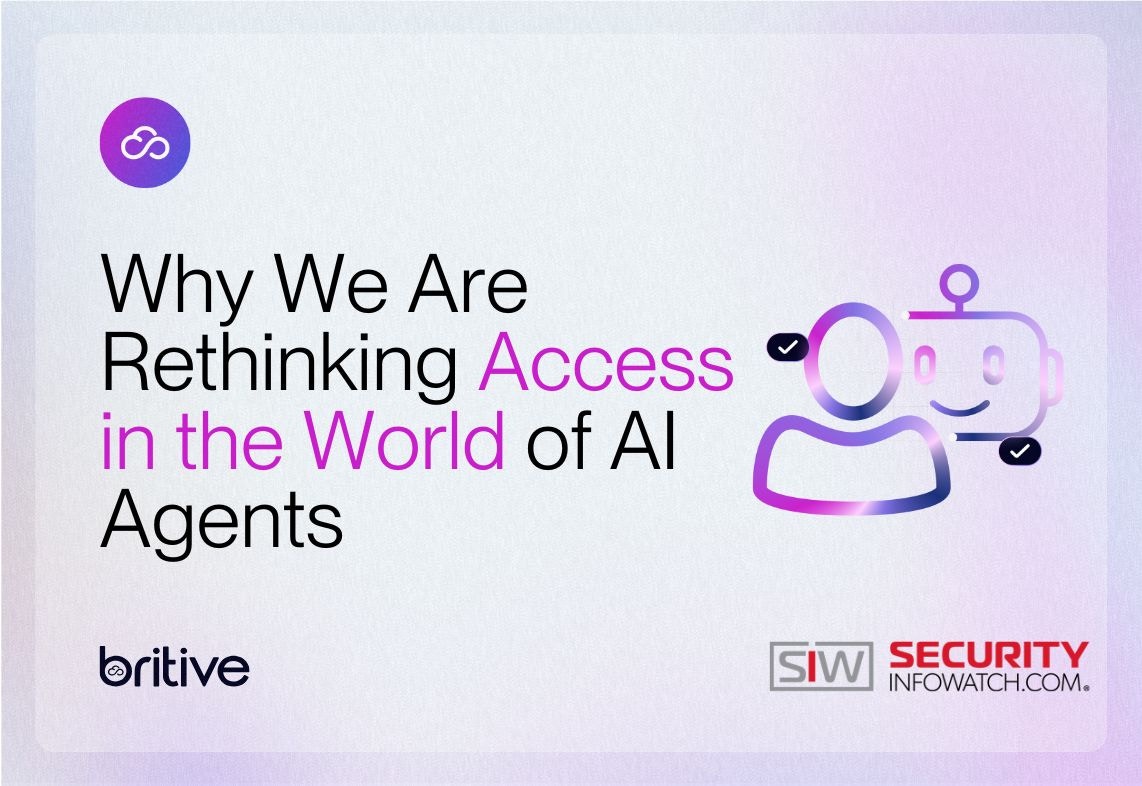


Back to resources
Rewriting the Rules of Zero Trust: Building with Identity as the Foundation
July 2025 / 6 min. read /

For years, Zero Trust meant putting taller walls around networks. We enforced segmentation, checked device posture and VPN tunnels, and assumed that if you were inside the perimeter you were mostly safe.
Cloud and SaaS have shattered that model.
Modern organizations and enterprises access hundreds of services via credentials rather than networks. Identities and their related access, not firewalls, are now the first line of defense when it comes to managing access.
Static roles, persistent access and manual approvals were designed for a perimeter that no longer exists.
Identity Takes the Lead
Today’s infrastructure is fluid. Engineers hop across AWS accounts and CI/CD pipelines. AI agents and scripts run autonomously, spinning up containers or invoking APIs without human intervention. Non‑human identities already outnumber human users by 10 to 1.
Many of these identities are short‑lived, API‑driven and invisible to traditional IAM tools. The most sensitive actions—like starting a production instance, rotating encryption keys, calling a vendor API—are now triggered by identities you can’t log into.
Machine accounts are also far riskier than human accounts; the Sysdig 2025 Cloud‑Native Security and Usage report found that machine identities are 7.5 times riskier and can be 40 000 times more numerous than user accounts.
What Breaks When Identity Isn’t in Control?
Traditional approaches to Zero Trust focused on where a request came from.
But the real risk now lies in what that identity can do. Static access models assume identities are fixed and grant permissions that linger long after a task is complete. They can’t adapt to real‑time risk or intent.
In an identity‑first world, Zero Trust must move beyond gating access and start enforcing guardrails that shift with behavior and context. Without these controls, over‑privileged service accounts and AI agents become a perfect target for attackers.
From Static Access to Dynamic Context
The shift underway is profound:
- From enforcing location → to enforcing context. Instead of checking IP addresses, we need to understand the user or script’s role, the sensitivity of the resource and the risk of the action.
- From securing networks → to securing identity actions. Protect the APIs and commands that matter most rather than the network they traverse.
- From permanent roles → to just‑in‑time, just‑enough access. Grant access on demand, automatically expire it, and log the entire lifecycle.
This evolution puts identity policy rather than firewalls at the center of control. It also means multi‑factor authentication and least‑privilege are baseline requirements. MFA can block 99 % of account‑based attacks. Continually right‑sizing permissions mitigates both insider threats and external breaches, especially for identities that may not be securable via MFA.
Why It Matters in the AI Era
AI agents, scripts and pipelines now request access just like users, but they operate at machine speed and often hold permanent API keys.
If they’re given standing privileges, they can trigger actions without oversight and cannot be governed by login‑based models.
Identity must therefore become the interface. Access must be ephemeral, verifiable and contextual; dynamic enough to handle non‑human identities that spin up and down in seconds. Without Zero Standing Privileges and behavior‑aware controls, AI agents become high‑impact attack vectors.
How to Start the Identity‑First Zero Trust Journey
Transitioning to an identity‑centric Zero Trust posture isn’t an overnight project, but it can be broken down into actionable steps:
- Identify all identities—human and all non‑human—with standing privileges. Inventory every service account, API key and script that currently has persistent access.
- Replace static access with just‑in‑time entitlements. Provision credentials only when a request or workflow requires it, then revoke them automatically once the task is complete to eliminate standing privileges.
- Add context‑aware conditions. Factor in role, risk, environment and behavior for dynamic access control. For example, require step‑up authentication for sensitive API calls or disallow key rotations outside of known maintenance windows.
- Auto‑expire access and log the full lifecycle. Every identity action should be recorded from the moment access is requested to its revocation. This will support forensic analysis and compliance.
Identity‑first Zero Trust starts with visibility and evolves through automation. It requires cultural change as much as technical change, but it delivers a smaller attack surface and greater agility.
Zero Trust Begins with Identity
Zero Trust no longer starts with the network, but identity.
As cloud adoption and AI accelerate, the gap between human and non‑human identities will continue to widen. To stay ahead, organizations must put identity policy at the center of their security strategy: verify every request, minimize standing access, and adjust privileges based on context. Only then can Zero Trust keep up with the pace of modern infrastructure.
Get started with your Zero Trust journey and speak to one of our identity security experts to see how Britive can safeguard all of your identities across your entire environment.

